|
What, exactly, does the term 'flow state' mean? Why is it important for artists and creatives to experience it on a more consistent basis? How can I get into 'flow state' as I'm working on my art? We experience 'flow state' or 'creative flow' when we're fully immersed in a task, whether it be painting, drawing, sculpting, writing, or playing music. Our minds and bodies seem to be working in unison when we're experiencing a state of flow. Unsurprisingly, it leads to our best art...without us even trying too hard. There are no negative voices coming from inside us, critiquing our every move. Distractions seem to be non-existent. Most of all, we're enjoying what we're doing so much, that time seems to fly by, or it seems to be suspended altogether. 'Flow state' is a term that's mostly used in the creative world, but it's important to know that someone can experience this while doing many different activities. We can feel it when we're cooking, cleaning, driving, doing some type of task in our day job... Athletes are also known to experience it when their playing their sport. However, the arts are incredibly mind and body intensive, and it can be difficult to get back into flow after it's lost. Not to mention, today's fast-paced/distraction-filled world seems to be the antithesis of the focus and time required to do creative work. For many of us, it can seem nearly impossible to get into flow state. But it's important to experience it because it's when we create our best work and when we enjoy ourselves most. This leads to greater consistency and more growth over time. In the video below, I tell you how to do this!
If you enjoyed this video and found it helpful, make sure to subscribe to my YouTube channel. I share a brand new video every week with art tips, drawing and painting tutorials and mindset/productivity tips for artists. *Subscribe HERE*
How to experience a state of flow more consistently as an artist
1. Prepare yourself mentally and physically before sitting down to draw or paint When you're feeling relaxed and ready to focus, it'll not only show in your work, but you'll enjoy the art-making process much more. Instead of jumping straight into drawing or painting when you're stressed out and have lots of things on your mind, take 5-10 minutes to prepare your working area so that's inspiring and comfortable, as well as to get into the right headspace. Explore breath work, taking a walk outside, meditation, journaling, stretching, dancing or simply listening to music. Find a little pre art-making ritual that works for you and do it. 2. Avoid multitasking and distractions In today's world, it feels like there are 50 things calling our attention, all at once, 24/7. However, I assure you that, outside of work and responsibilities we have with our loved ones, nothing is really that important. Working on your personal goals and making time for what fulfills you is more important than wasting your most valuable resource (time), scrolling on social media, watching alarming news, and binge-watching the latest t.v. shows. It's essential to establish the days and times that you'll be devoting to your art practice, and to let your loved ones know when you'll be working. Schedule it in your calendar/weekly agenda, just like any other appointment or important task you need to get done. During these times, silence your phone, close your email and other unnecessary tabs/windows on your electronic devices, and only use the media you need for your art creation. Focus! It may seem impossible at first but, the more you practice this, the easier it becomes. 3. Make sure you're working within the Goldilocks Zone I talk about the Goldilocks Zone in this video. In order to experience this beautiful state of flow, it's essential to pick projects (or studies) with your current skill level in mind. This is because you need to be able to go in with a certain level of confidence in order to "let go". If everything is completely new to you, and the piece on hand requires methods, techniques and/or information that you've never practiced or learned before, it's going to be impossible for you to do this. The process on hand needs to be familiar enough for you to get to a certain point relatively easily, but just challenging enough to feel like you're pushing yourself a tad past your comfort zone. *Bonus tip: Remember that not everything you create has to be a masterpiece or even "good". As artists, it's not only healthy, but important, to give ourselves permission to experiment and even fail. Practice creating art for the process and discovery it brings, not for the sole purpose of creating a perfect product. Stop overthinking, allow yourself to play and let the chips fall where they may.
*Articles on Creative Flow: How to get into Creative Flow State by Jake McNeill Traits of Flow According to Mihaly Csikszentmihalyi by Mike Oppland Creative Flow as a Unique Cognitive Process by Charlotte L. Doyle
0 Comments
I've been absolutely terrified every moment of my life - and I've never let it keep me from doing a single thing I wanted to do.
-Georgia O'Keeffe
Do you constantly ask yourself questions like “Am I doing this right?”, “Who am I kidding? I’m not an artist.”, or “Who am I to be making time for art?” when working on a new piece? Have you ever felt inadequate, like you don’t belong someplace (an art class, art event, art supply store, etc.) or among a group of other artists, even though you’re deeply passionate about being there and share common interests with those around you? Ever struggled with feeling like a fraud, or like someone’s going to pop up and tell you you’re doing it all wrong, even though you’ve been working hard at improving artistically? If you responded ‘yes’ to any or all of these, chances are you’ve struggled (or are struggling) with good ol' Imposter Syndrome. And you’re not alone. It hits so many artists and creatives of all kinds… pretty much most people who’re doing anything big or uncommon. Just in case you’ve never heard of Imposter Syndrome before, Merriam-Webster dictionary defines it as: ’A false and sometimes crippling belief that one's successes are the product of luck or fraud rather than skill. A pervasive feeling of self-doubt, insecurity, or fraudulence despite often overwhelming evidence to the contrary.’ People who’ve accomplished amazing things have described feeling this way at some point, including Albert Einstein, Maya Angelou, Tom Hanks and David Bowie. Today, I’ll be sharing a few tips that always help me overcome Imposter Syndrome when I feel it creep up. I wanted to get this information and tips out there, as I see so many community members and students struggling, and I’m aware of how paralyzing these negative thoughts/feelings can be. But first, let’s go over a few signs you may be experiencing Imposter Syndrome as an artist, as well as why this phenomenon tends to happen to us so frequently.
|
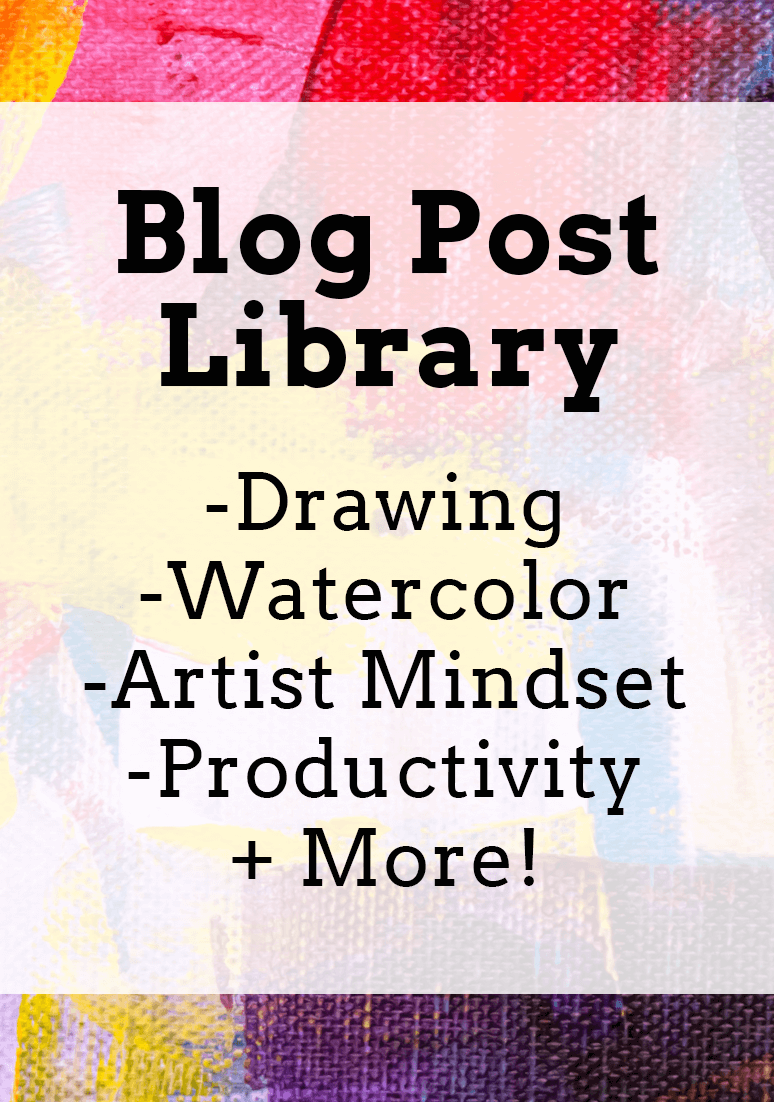
www.erikalancaster.com
is a participant in the Amazon Services LLC Associates Program, an affiliate advertising program designed to provide a means for sites to earn advertising fees by advertising and linking to amazon.com. www.erikalancaster.com is a participant in the Shareasale.com Affiliate Program, an affiliate advertising program designed to provide a means for sites to earn advertising fees by advertising and linking to Shareasale.com partner companies. |

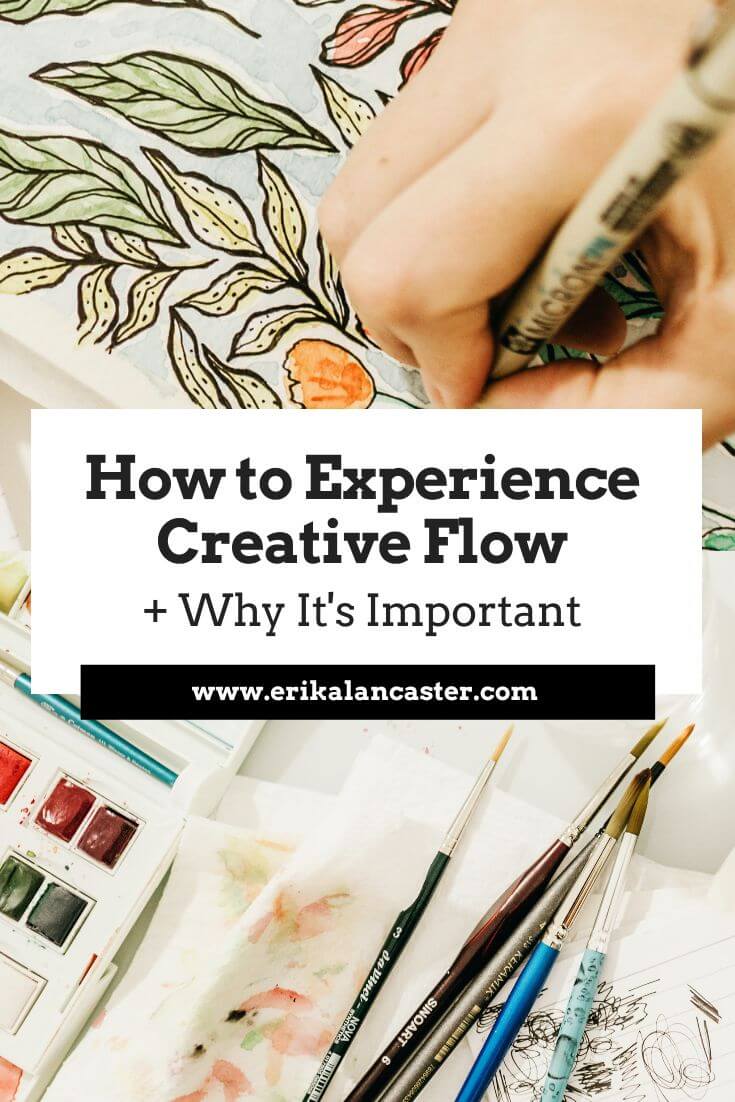
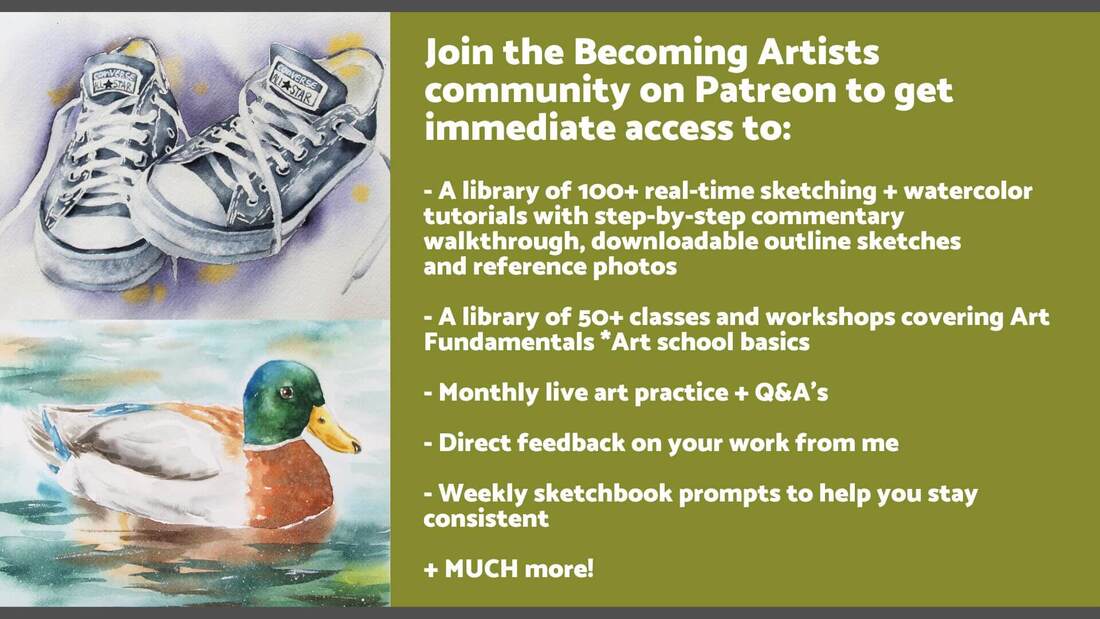
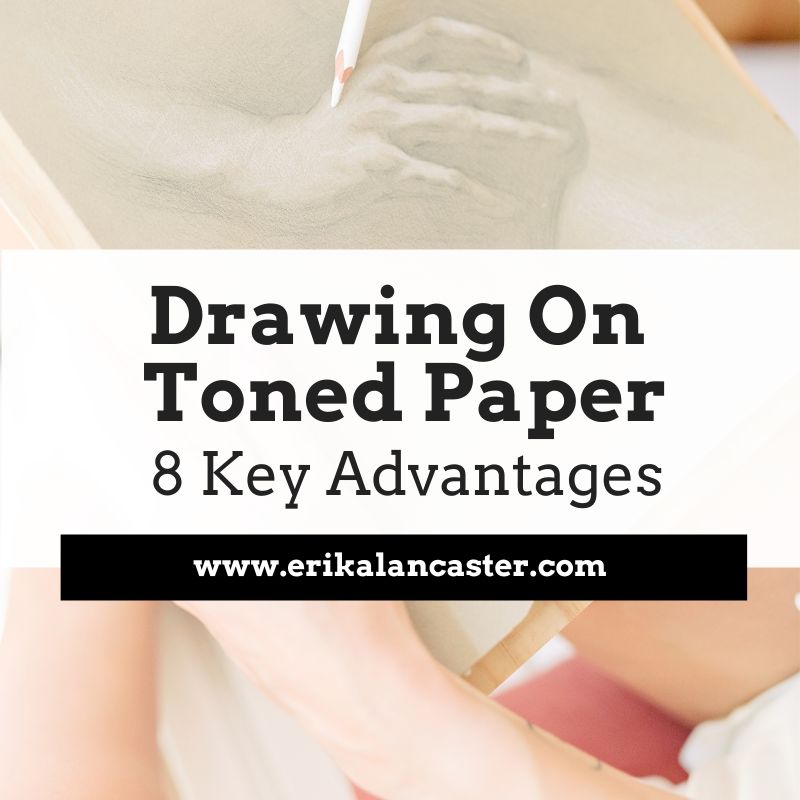
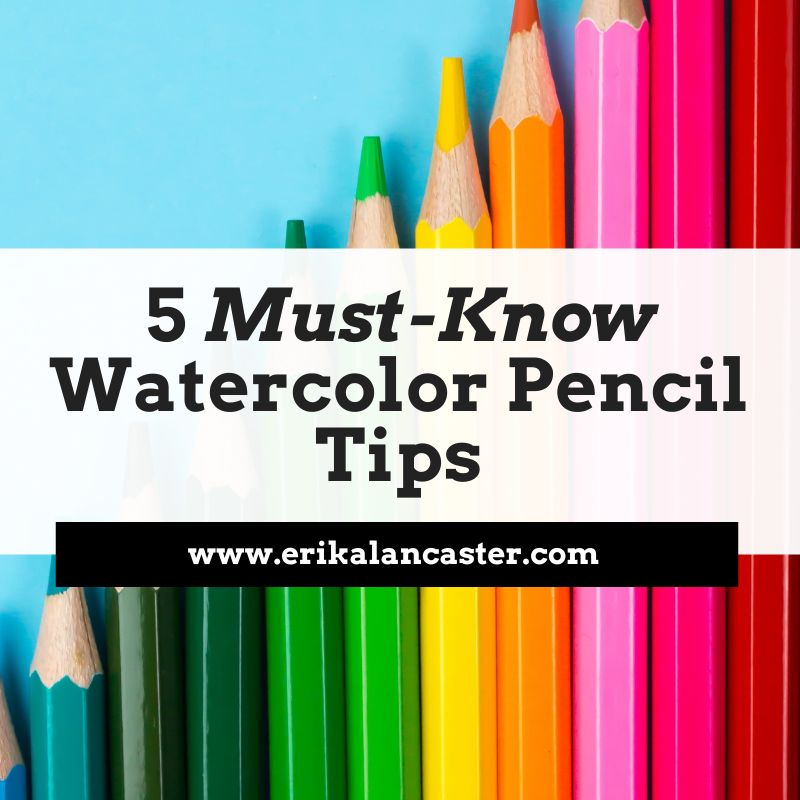
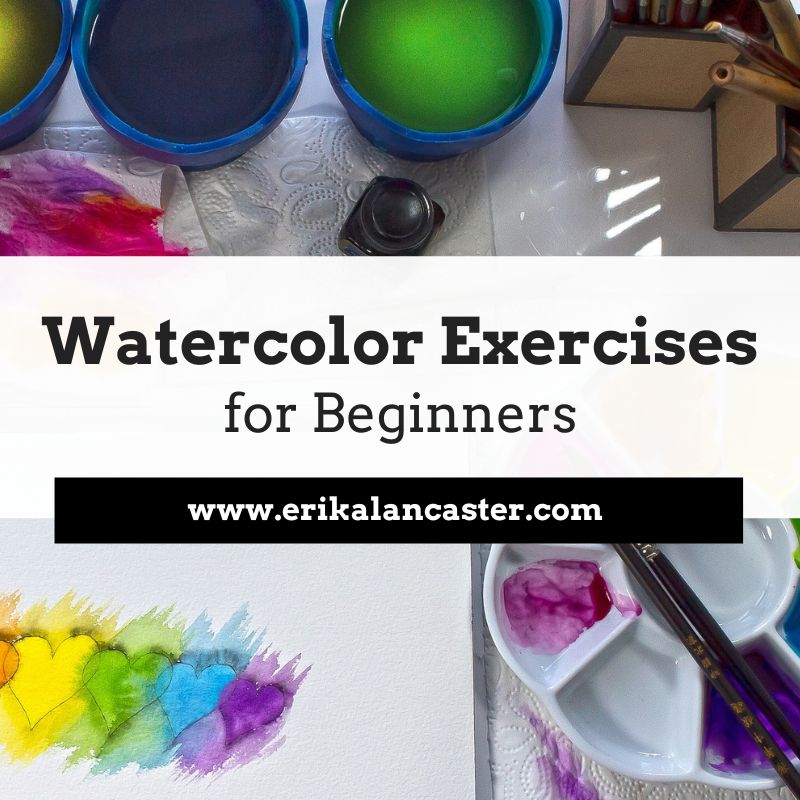
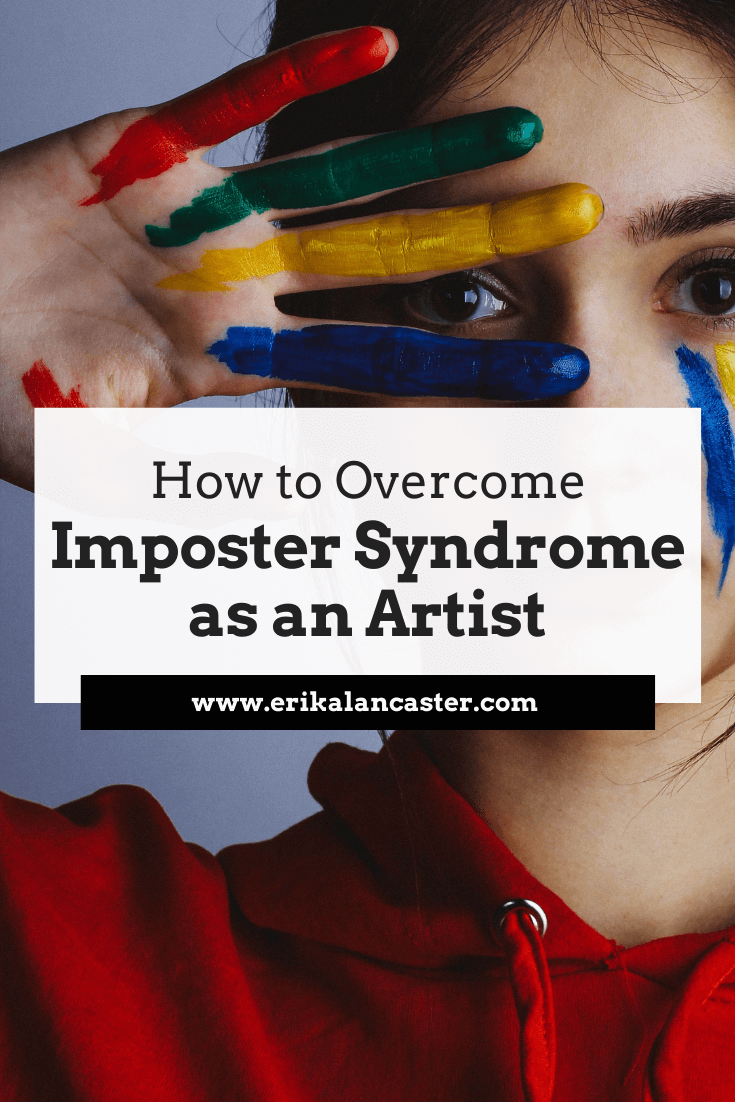
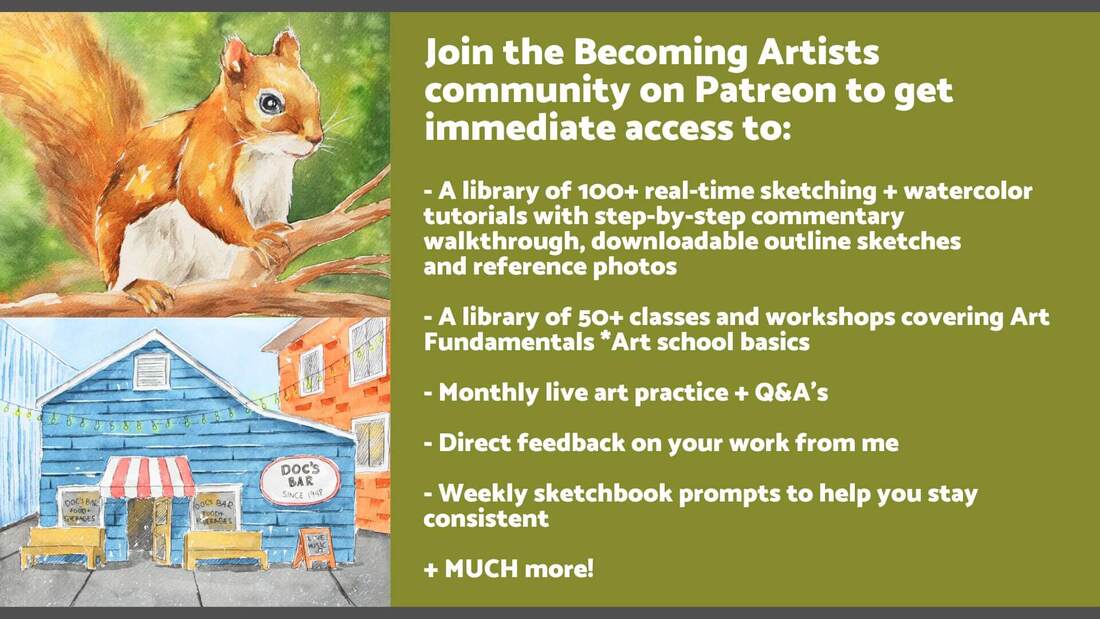
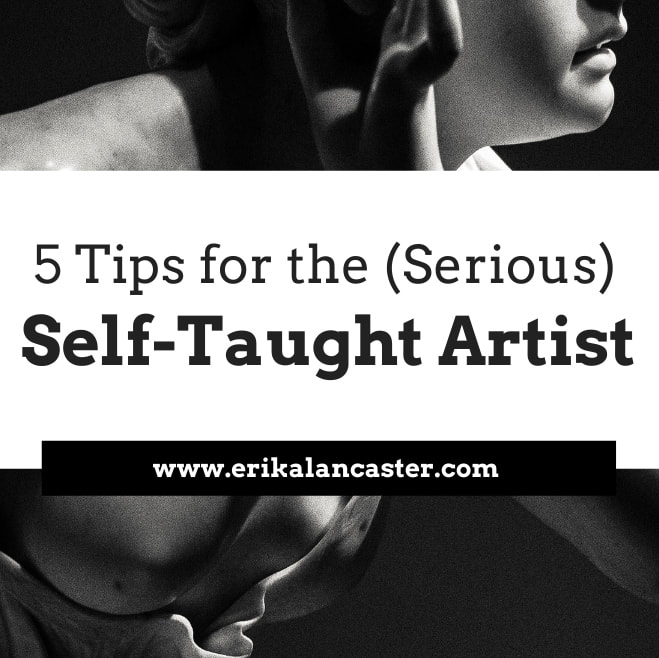
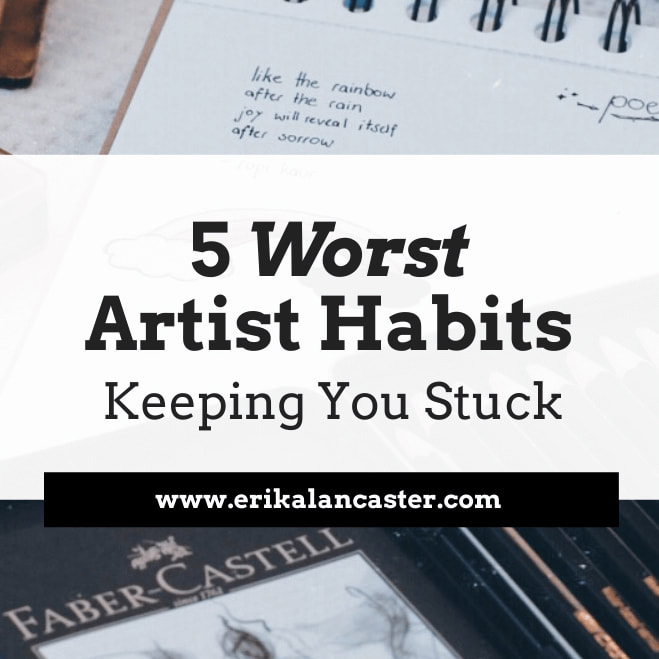
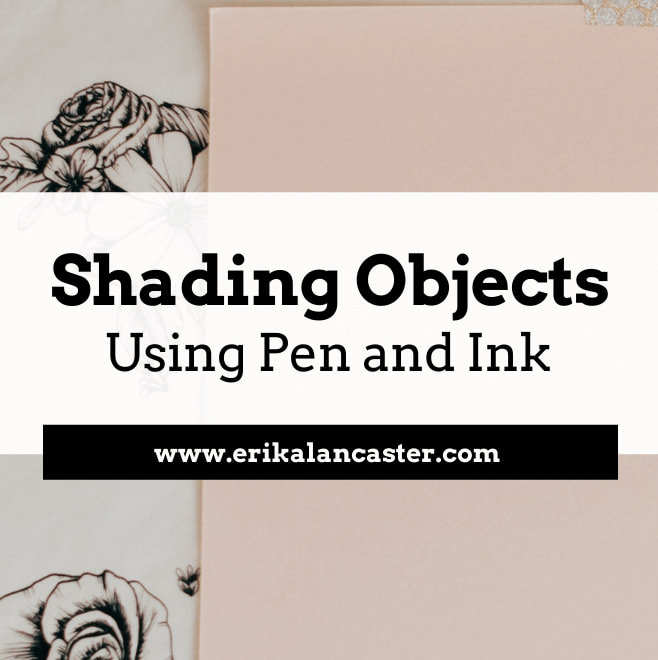
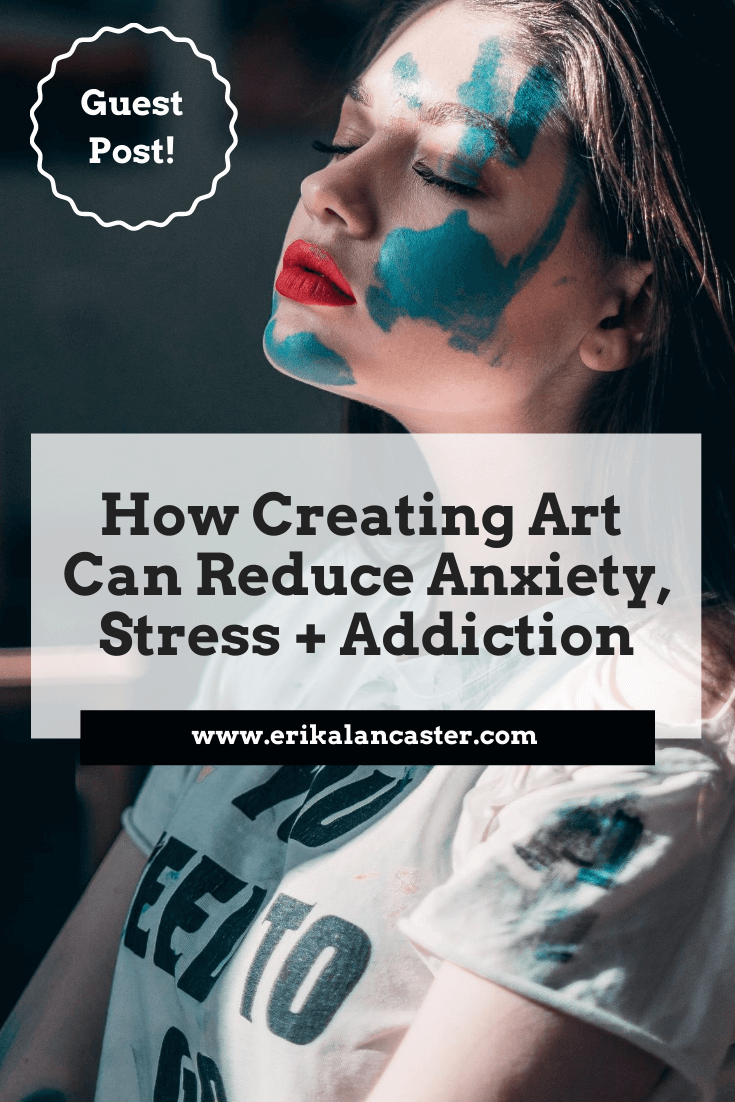
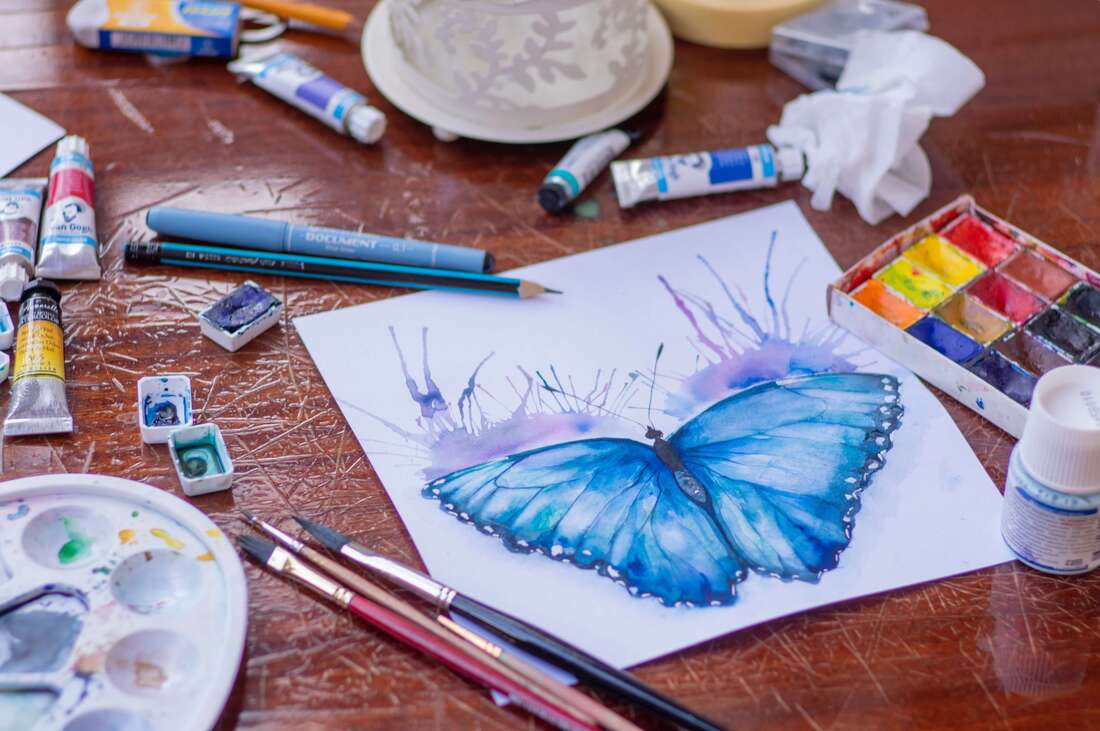

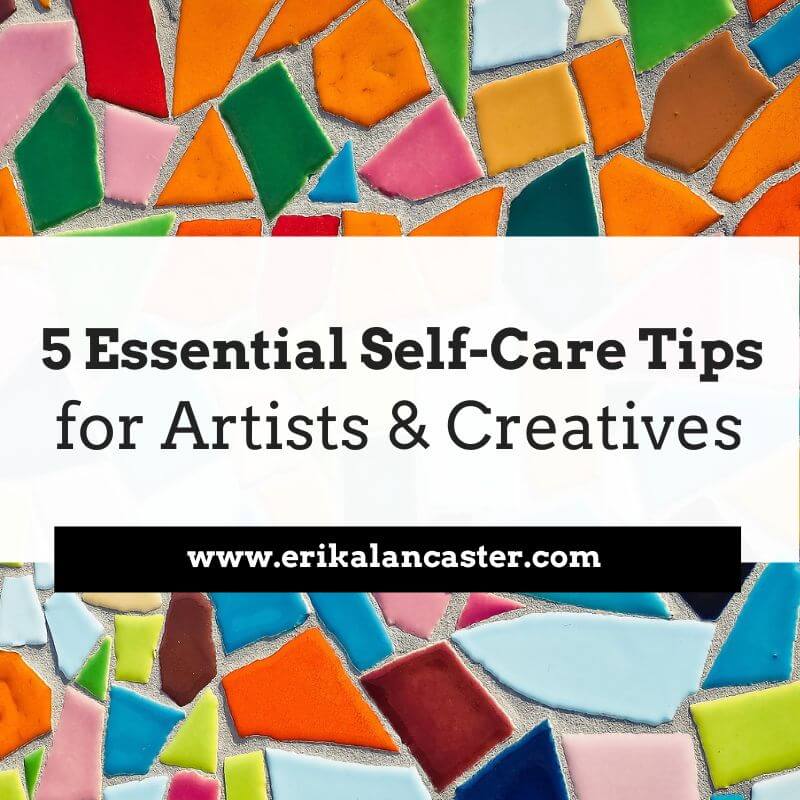
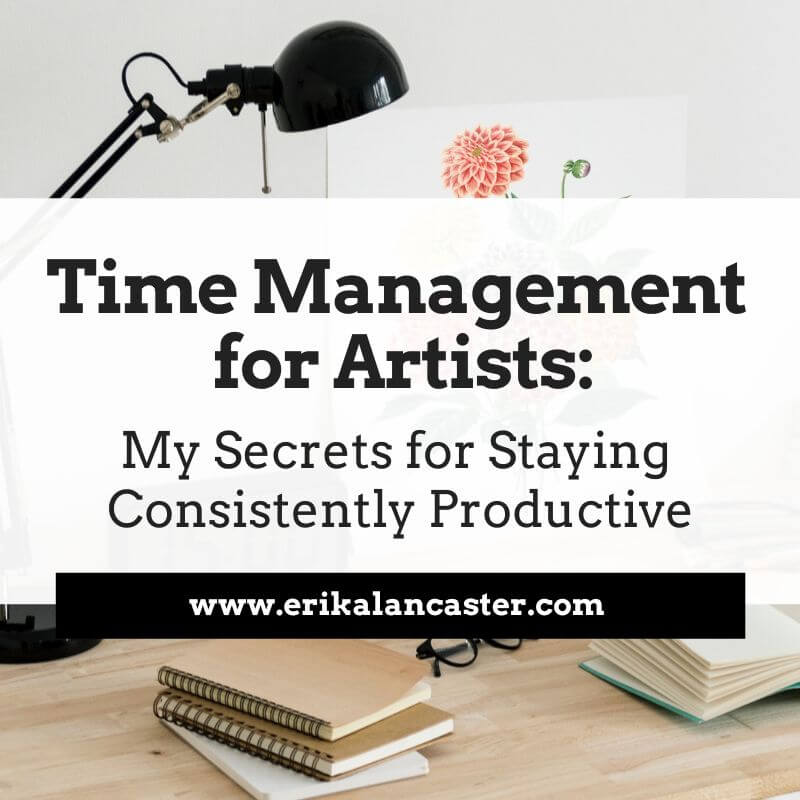
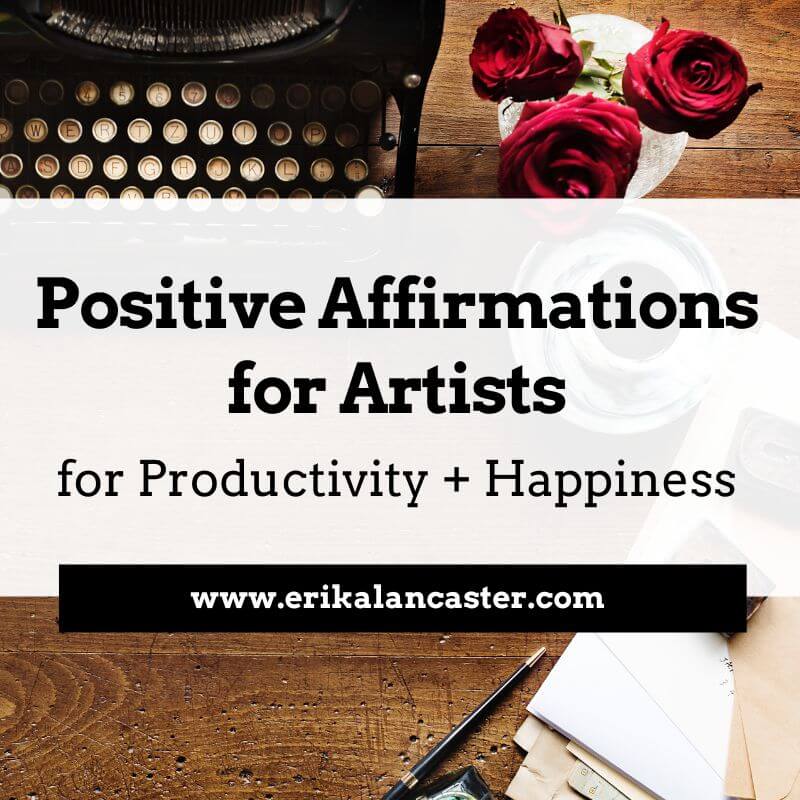
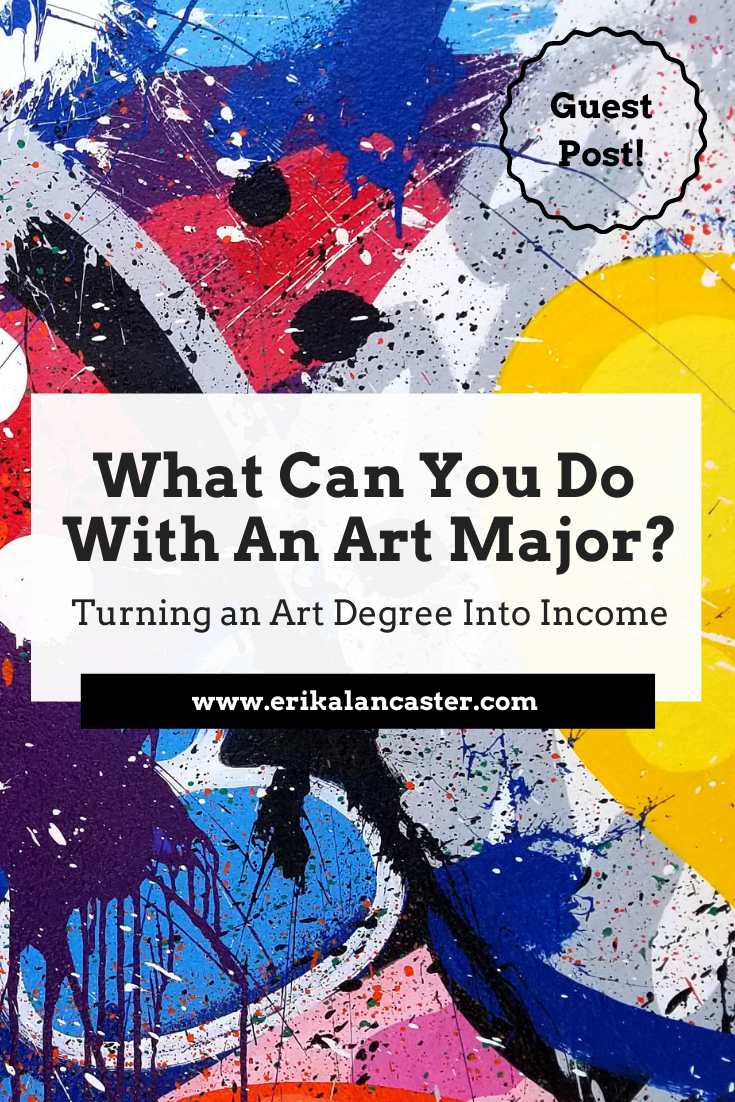
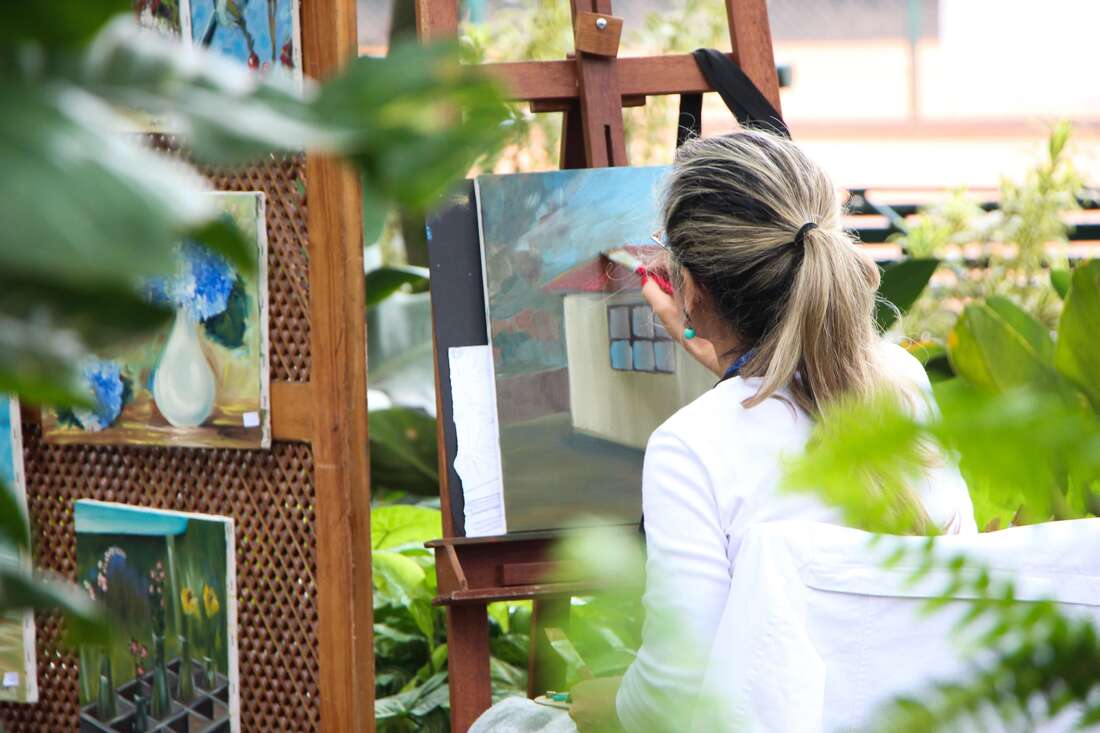
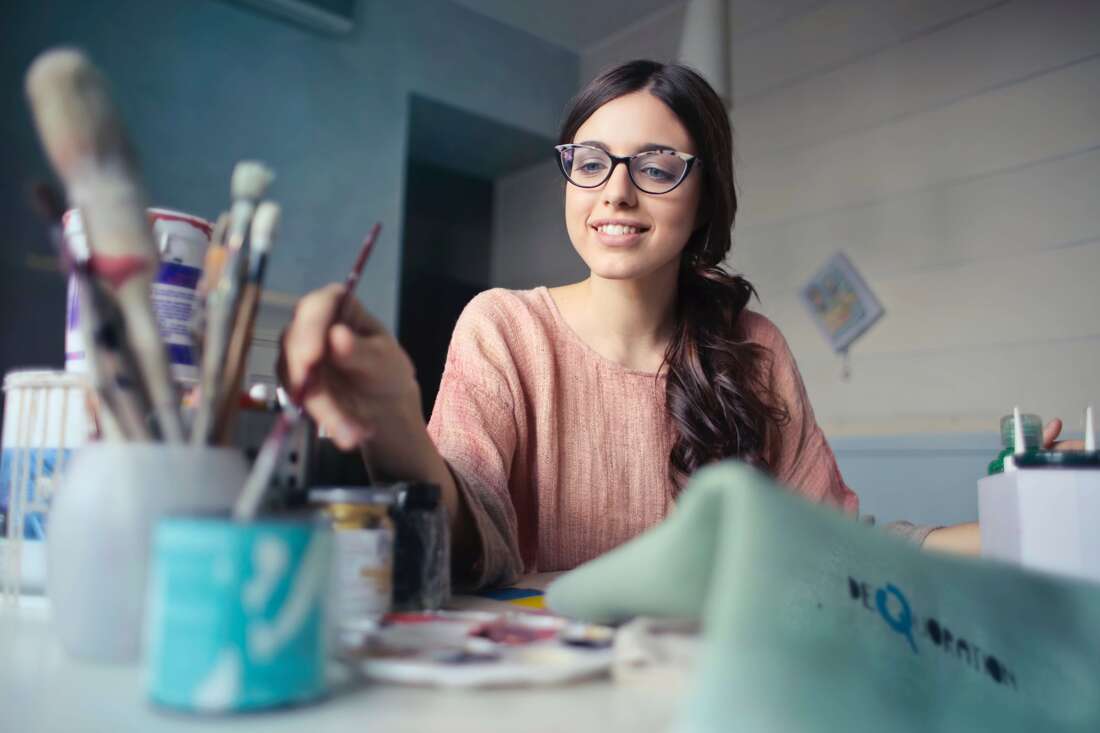
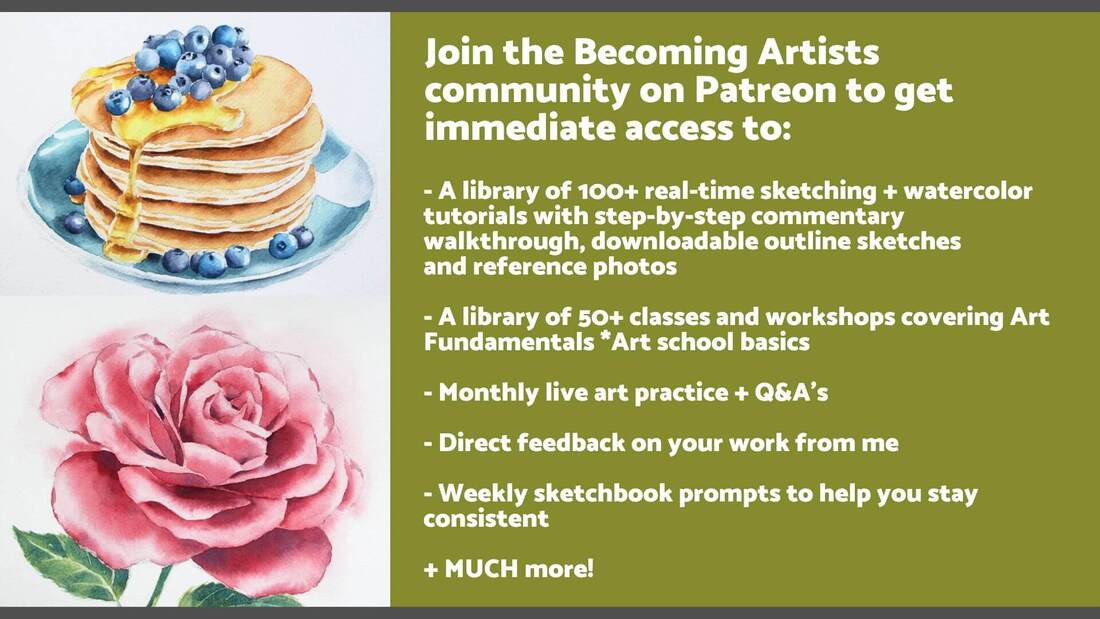
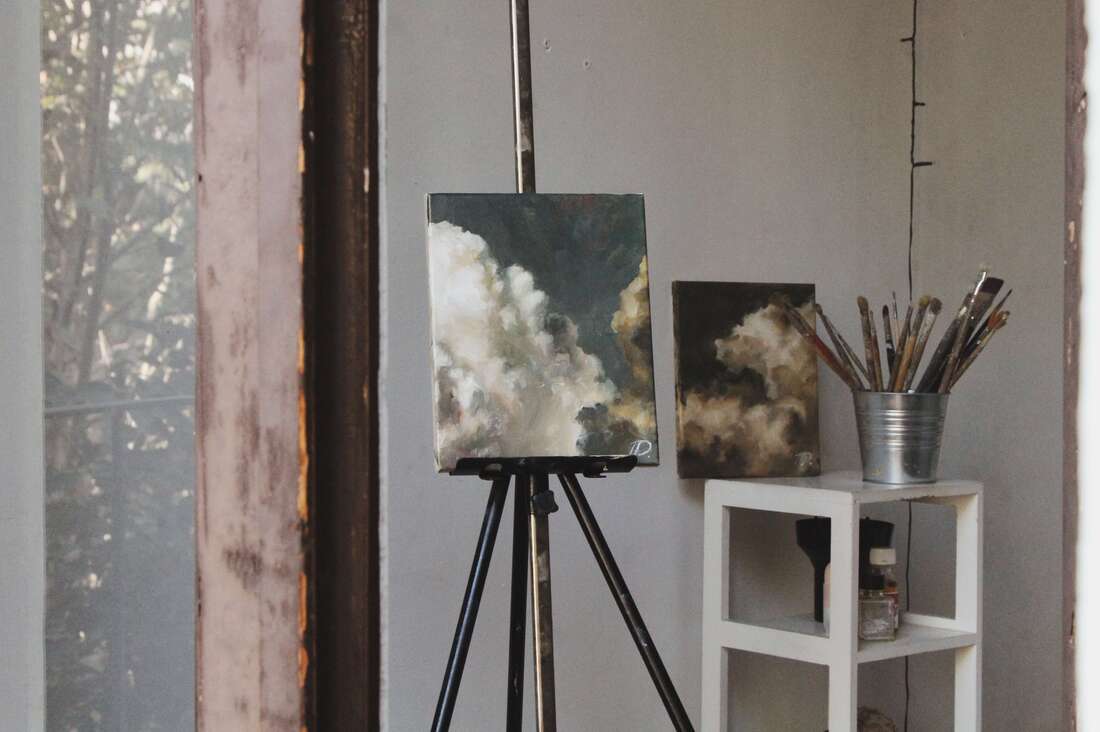
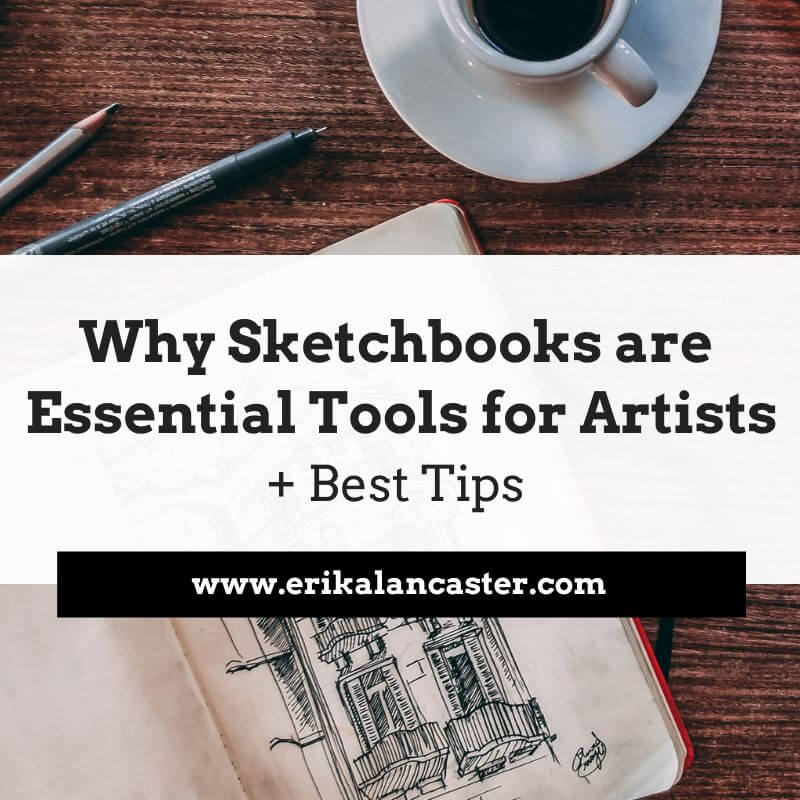
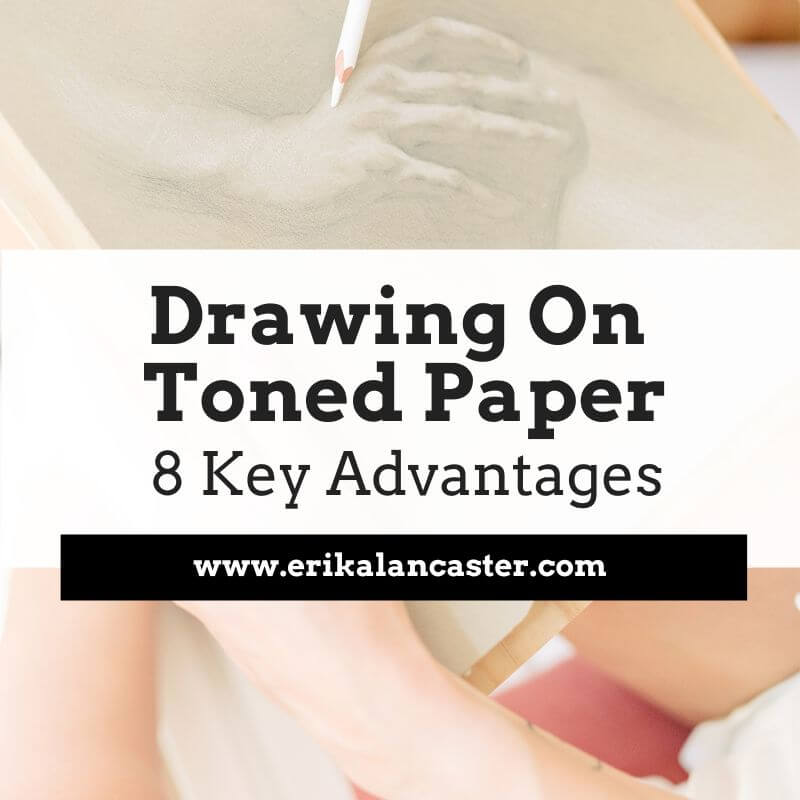
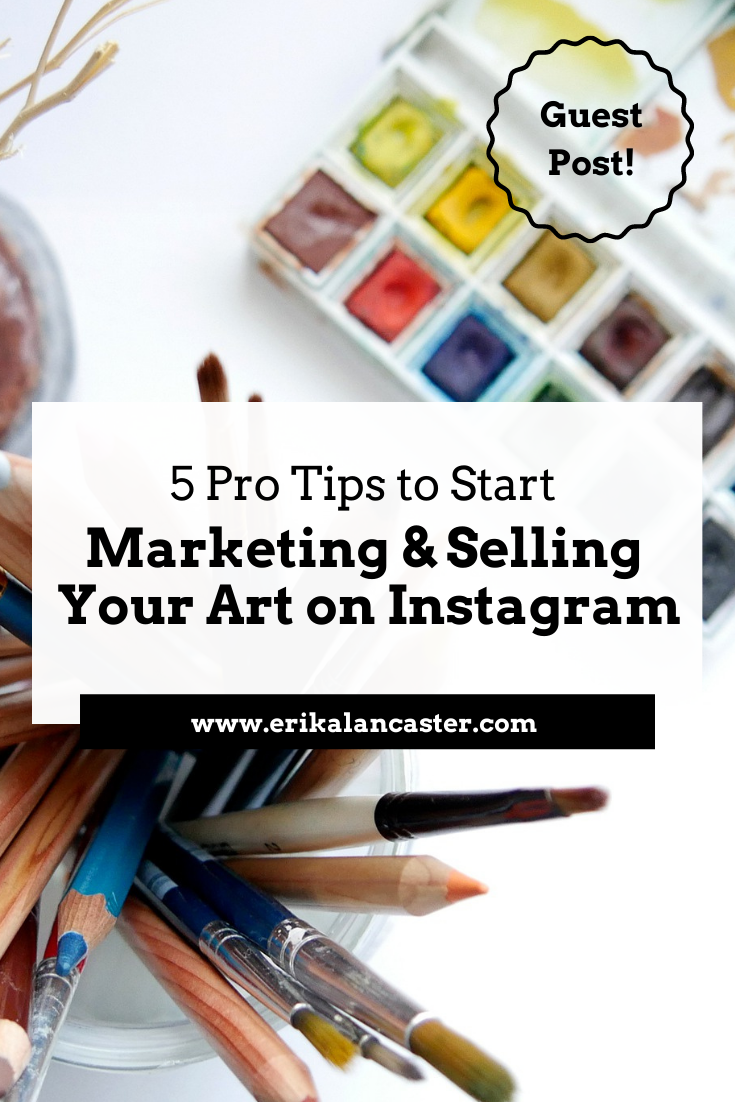
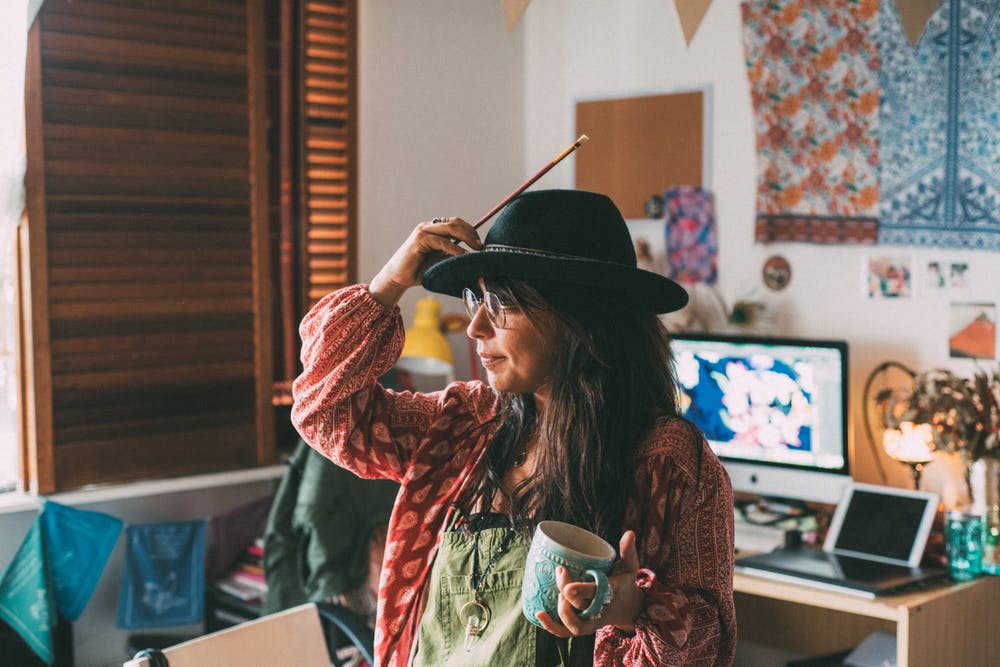
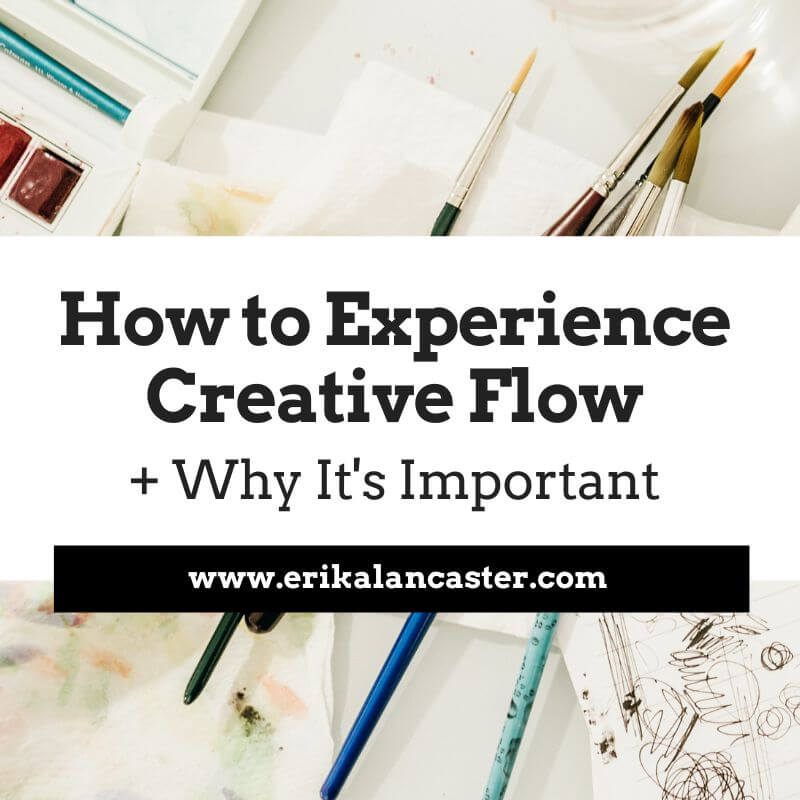
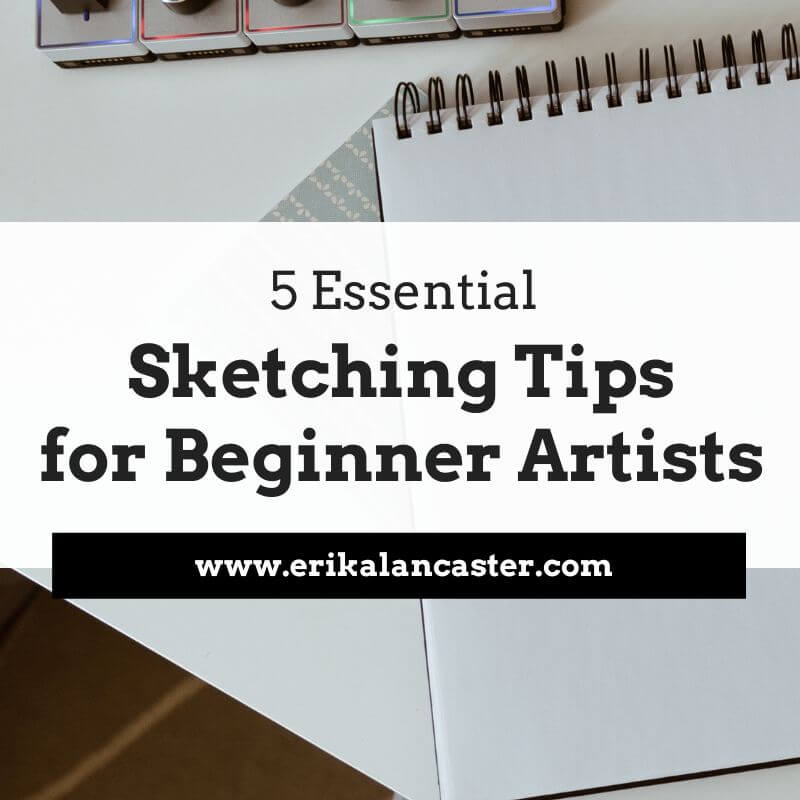
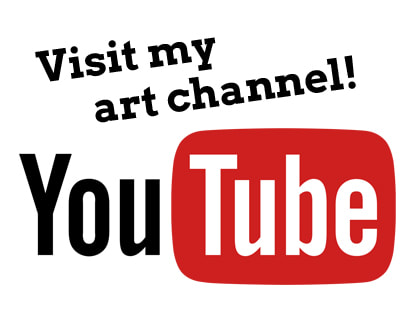

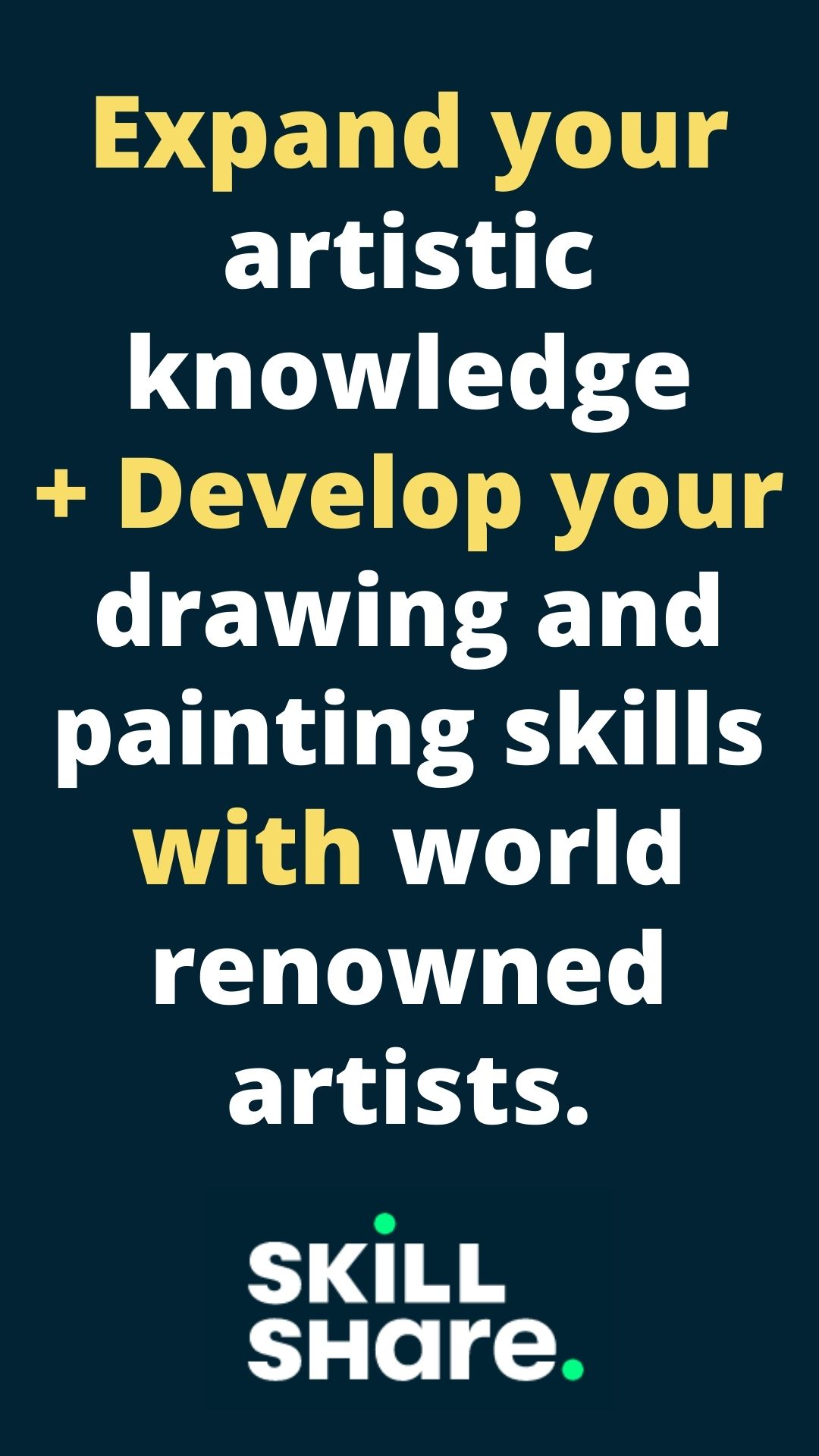

 RSS Feed
RSS Feed

